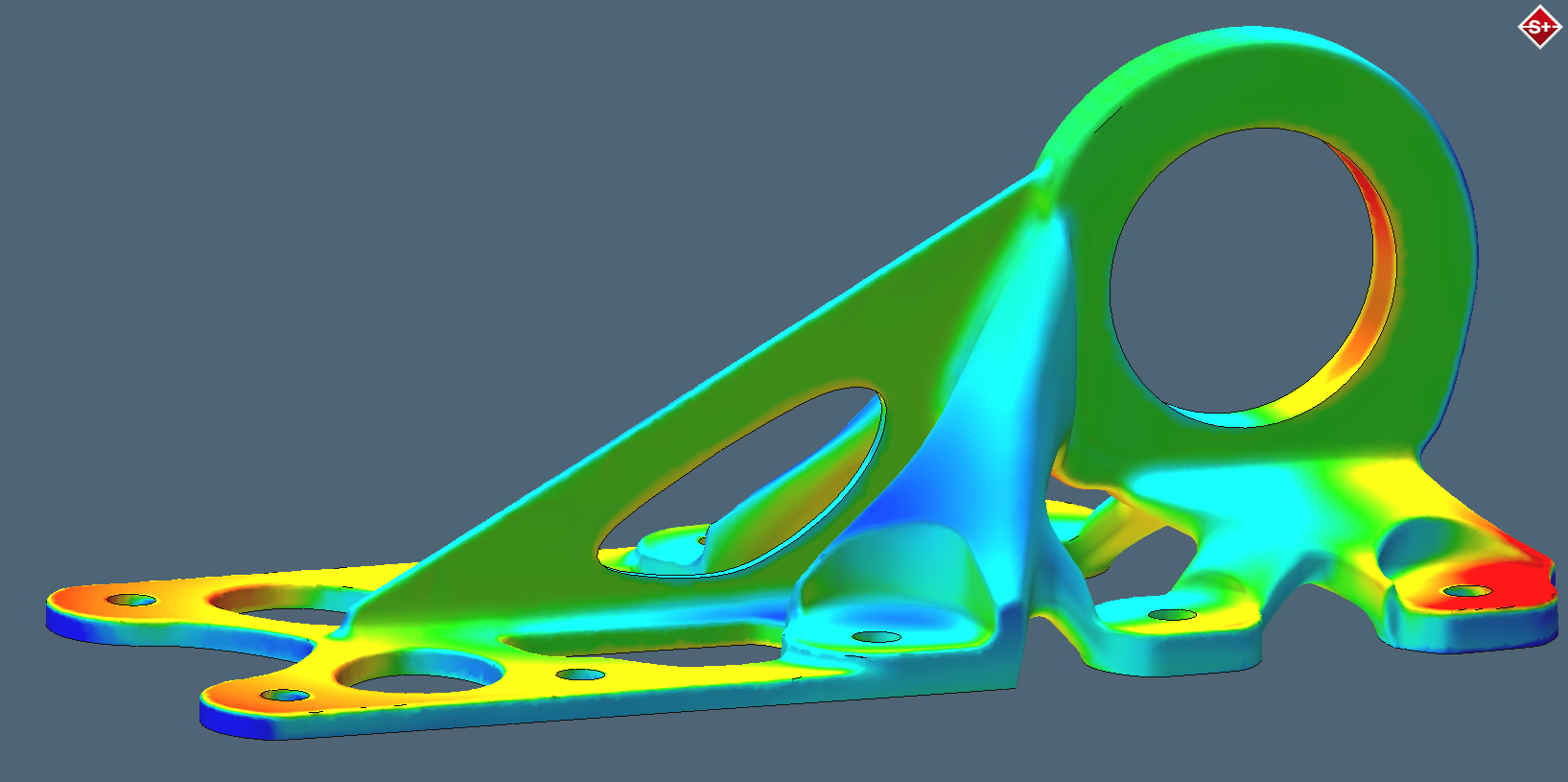The multinational aerospace company, BAE Systems, has chosen Simufact Additive, a simulation software by a California-based technology company, MSC. The software will be used for metal 3D printing to reduce the number of build trials.
Founded in 1963, the MSC is one of the earliest software companies specializing in finite element analysis (FEA) simulation. In 2017, MSC was acquired by Hexagon AB, a Sweden-based global technology company.
On the choice of BAE Systems, Simufact’s CEO and Managing Director, Dr. Hendrik Schafstall, said, “We are proud that one of the largest defense contractors in Europe, and a company that is among the world’s largest defense entities, decided on Simufact Additive to roll out their additive manufacturing processes. The trust BAE have put in us reinforces our approach and the great work being done by our development team.”

Simufact Additive
There are three versions of the MSC’s Simufact software, each suited to a different manufacturing process. Simufact Forming is for forging and forming manufacturing processes, whereas, Simufact Welding has application in metal joining and welding. Simufact Additive is designed to run simulations and FEA analysis for metal additive manufacturing.
BAE Systems has acquired the Simufact Additive software to reduce build trials for 3D printing metal components. The aerospace company chose Simufact after a three-year trial period at its Product and Process Development Centre. During the trial period, BAE tested various simulation software for metal additive manufacturing, and finally decided on Simufact Additive.
CEO of MSC Software Paolo Guglielmini, said, “For MSC Software, BAE Systems Air is a great partner because it shows that we offer best-in-class solutions and with our MSC One product token system a complete portfolio of solutions can easily be deployed that works hand in hand with BAE’s applications.”
Right first time
Metal 3D printing can prove to be an expensive process, especially if fully functional parts are not produced in the lower number of print runs.
Some of the issues that can arise during 3D printing of metals are deformation of geometry, curling, and warpage. A simulation software like Simufact Additive can help reduce the chances of such errors during manufacturing. Before the 3D printing process, Simufact Additive can be used to run a thermal and stress analysis. This can be used to find the best orientation of the part in order to reduce build failure issues.
It is reported that BAE, using the Simufact Additive, has more than halved the number of build trials for metal parts. Before using Simufact, BAE was running five to six times build trials. This has been reduced two trials per part, saving time and costs for the aerospace company.
3D printing in aerospace
As has been frequently reported simulation and 3D printing technology is transforming the aerospace industry.
Last year, Lockheed Martin revealed that using 3D printed parts for its F-35 Full Mission Simulator (FMS) has saved the defense company millions. Moreover, the U.S. Air Force is also directing a mammoth project, MAMLS, to make legacy airplanes functional by incorporating 3D printing into its manufacturing operation.
Nominations for 3D Printing Industry Awards are open. Please nominate the best application of 3D printing.
For more news on 3D software and simulation technologies subscribe to our 3D printing newsletter. You can also join us on Facebook and Twitter.
We also have jobs in additive manufacturing. Visit our 3D Printing Jobs site to find out more.
Featured image shows a part simulation in the Simufact Additive. Image via MSC.


